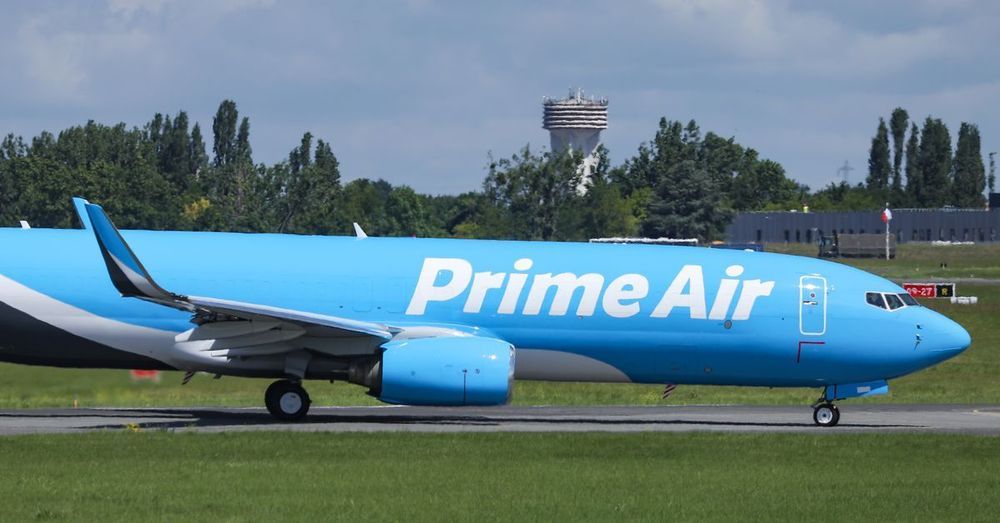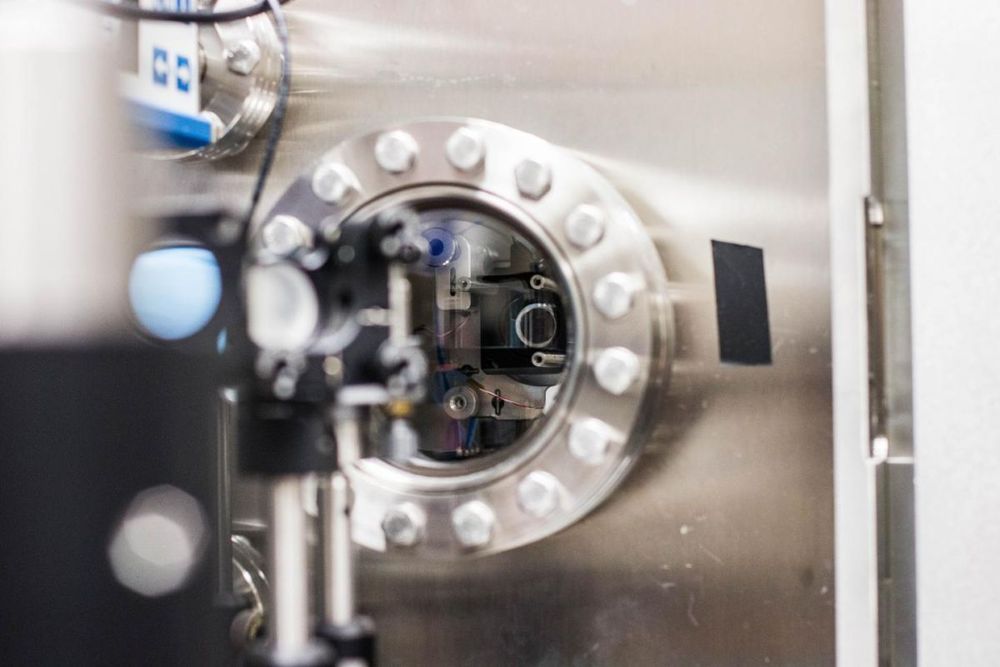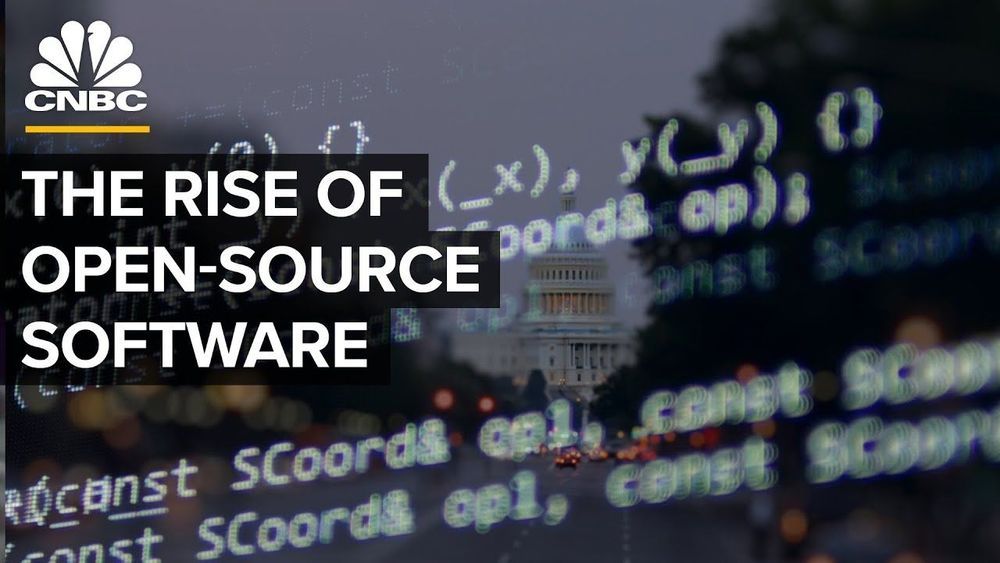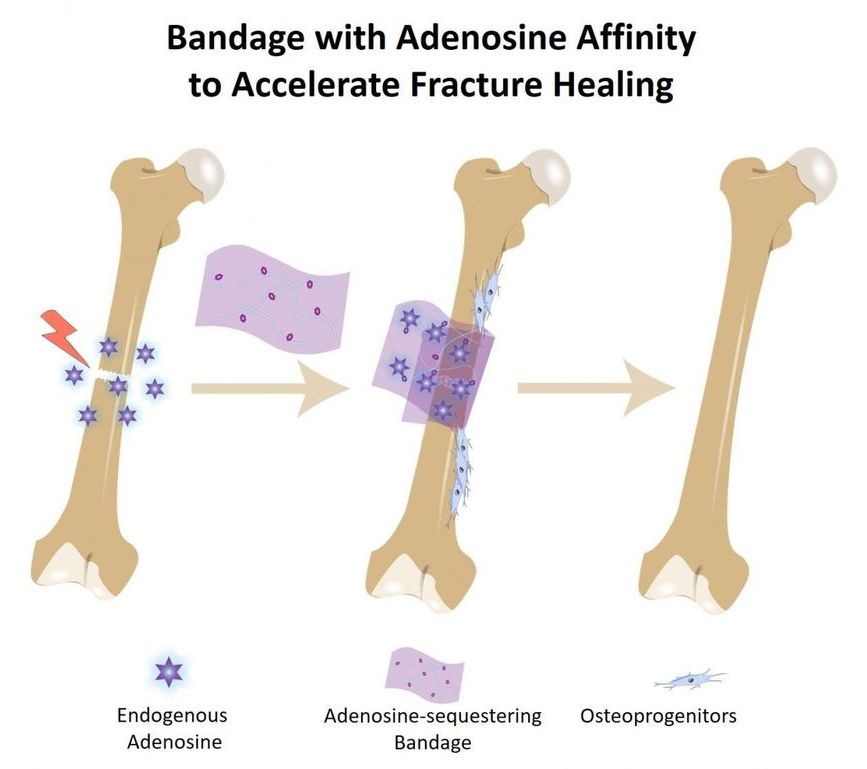Amazon has been steadily growing its logistics operation over the last decade, and it now delivers more than half of all Amazon packages in the US, according to an estimate from Morgan Stanley published on Thursday and reported by CNBC. That’s a staggering increase over the course of the last few years. It means Amazon, which now operates its own freighters and cargo planes, is accelerating its push to own the entire logistics chain and end its relationship with companies like FedEx and UPS.
At the current rate, Amazon is set to pass both FedEx and UPS in US package volume, with the company currently delivering 2.5 billion packages per year compared to FedEx’s 3 billion and UPS’s 4.7 billion, Morgan Stanley says. Amazon’s number doubled in just the last year alone, from delivering about 20 percent of all of its own packages to now about half. A substantial contributing factor here is Amazon’s new one-day Prime shipping initiative, which it kicked off earlier this year and promises to bring to more markets and more products as time goes on.
“Customers love the transition of Prime from two days to one day — they’ve already ordered billions of items with free one-day delivery this year. It’s a big investment, and it’s the right long-term decision for customers,” CEO Jeff Bezos said of one-day Prime shipping on an earnings call in October. Amazon did not immediately respond to a request for comment regarding its package volume.









